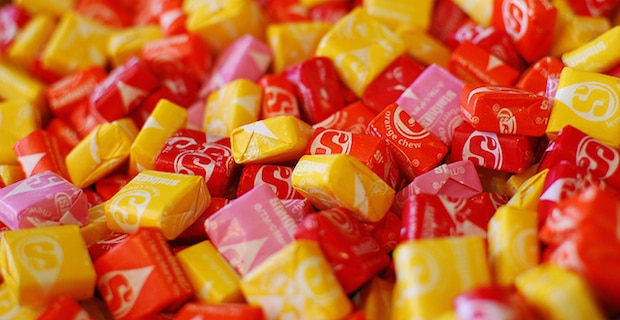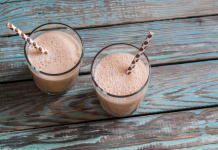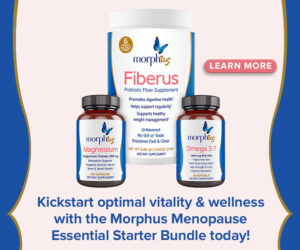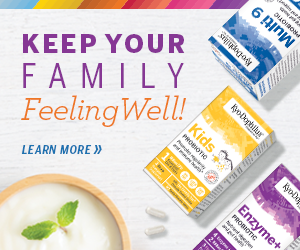
Pretty red and green frosted Christmas cupcakes will soon grace windows, and they'll look so moist and creamy you'll hardly be able to wait to sink your teeth into them. Snowflake-shaped cookies glisten with blue and white sparkles. Nearby, stacked boxes of candy canes swirling with red and white, among other colors remind customers that the holiday season is upon us. Colorful snacks are especially prevalent this time of year. M&Ms Holiday Blends in festive holiday colors, Candy Cane Tootsie Pop Drops, Life Savers Hard Candy Christmas Sweet Story Book – they’re cheerful and fun and are part and parcel of the holidays.
Parents are quick to blame sugar for fueling a child’s bad behavior, but there’s another culprit, one that’s widely disregarded. Artificial colors, synthetic petroleum by-products, have been linked to behavioral changes, especially in children, as well as allergic reactions and a host of other adverse effects. That's why they are on our list of Scary Seven ingredients to avoid. Unfortunately, these reactions and their potential connection to artificial food additives have largely been dismissed by government and the food industry. In 2004, an analysis of fifteen studies found evidence that artificial colors worsen the behavior of children with ADHD.
Read more about homeopathy for children with ADHD
Two additional studies found that artificial dyes affect the behavior of children without behavioral disorders. This evidence was enough to spur the UK Food Standards Agency to propose that manufacturers voluntarily remove a number of colors from food products and drinks. The U.S. Food and Drug Administration (FDA), however, continues to deny any significant link between food dyes and behavioral problems.
You’ll find various dyes listed on many ingredient labels. They seem to be everywhere – in foods considered ‘healthy’ such as yogurt and fiber-rich breakfast cereals, they’re even in some nutritional supplements and pharmaceutical drugs. It’s artificial colors that help you avoid mixing up your heart pills with your blood pressure pills.
In the US, all food and drink labels must list the specific artificial colors they contain. The FDA assigns FD&C (Federal Food, Drug, and Cosmetic) numbers to artificial dyes and approves the following colors for use in food and beverages:
Brilliant Blue
(E133) FD&C Blue No. 1 is used in dairy products, sweets and drinks. It can cause hyperactivity, skin rashes, bronchoconstriction (especially when combined with other artificial colors), and chromosomal damage. It is banned in Austria, Belgium, France, Germany, Norway Switzerland, and Sweden.
Indigotine
(E132), or FD&C Blue No. 2, a dark blue shade, is a synthetic coal tar dye commonly added to pharmaceutical drugs, as well as many desserts, beverages, pet food, and is also used as a medical diagnostic aid. The dye, which is banned in Norway, has been known to cause nausea, vomiting, high blood pressure, skin rashes, breathing problems, brain tumors and other allergic reactions.
Fast Green
(E143) or FD&C Green No. 3, has been found to have tumorigenic and mutagenic effects in experimental animals. Luckily, this dye is rarely used.
Erythrosine
(E127), or FD&C Red No. 3 has been shown to cause cancer in lab animals when administered in high doses.
Allura Red
(E129), also known as FD&C Red No. 40 (or simply red 40), is an artificial orange-red color used in sweets, drinks and condiments, medications and cosmetics. Made mostly from petroleum, this dye can cause allergy-like reactions and has been linked to hyperactivity in children. Red 40 has also been linked with cancer, but studies have been inconsistent. One study demonstrated that it sped up growth of tumors in mice, another didn’t. Asthmatics and those intolerant to aspirin are at increased risk of a reaction to this food dye, which is prohibited throughout Europe.
Tartrazine
(E102), FD&C Yellow No. 5, is one of the most dangerous artificial colors. The coal tar dye has been linked to cancer and is known to provoke asthma attacks, skin reactions, and hyperactivity in children. In the US it’s used to color soft drinks and energy drinks, cake mixes, salty snacks, cereals, packaged soups and more, but tartrazine has been banned in Norway, Austria and Finland.
Sunset Yellow
(E110), FD&C Yellow No. 6, is banned in Finland, Norway and the UK. The orange shade is used in cereals, baked goods, ice cream, drinks, canned fish, and in many medications including DayQuil capsules and Extra Strength Tylenol. It’s been linked to a host of symptoms including allergies, hyperactivity in children, nausea, nasal congestion, and more. It should be avoided by asthmatics and those with rhinitis.
Read more about vitamin D and asthma
The FDA approves a number of natural dyes for use in foods and beverages as well, and their use is skyrocketing, thanks in part due to consumer concern over synthetic colors. Look for products that contain natural dyes, including:
- Beet juice
- Beta-carotene
- Grape skin extract
- Paprika oleoresin
- Fruit and vegetable juices
- Saffron
While most natural dyes are safe, a few have been linked to adverse reactions. Annatto extract, caramel, and cochineal extract (or carmine) are derived from natural sources but have been linked with allergic reactions. Sensitive individuals should use caution when eating foods that contain any of these.
Photo Credit: cbcastro
FDA Color Additive Status List
F.D.A. Limits Red Dye No. 3, The New York Times
Attention-Deficit/Hyperactivity Disorder (ADHD) in Children
www.Tylenol.com










